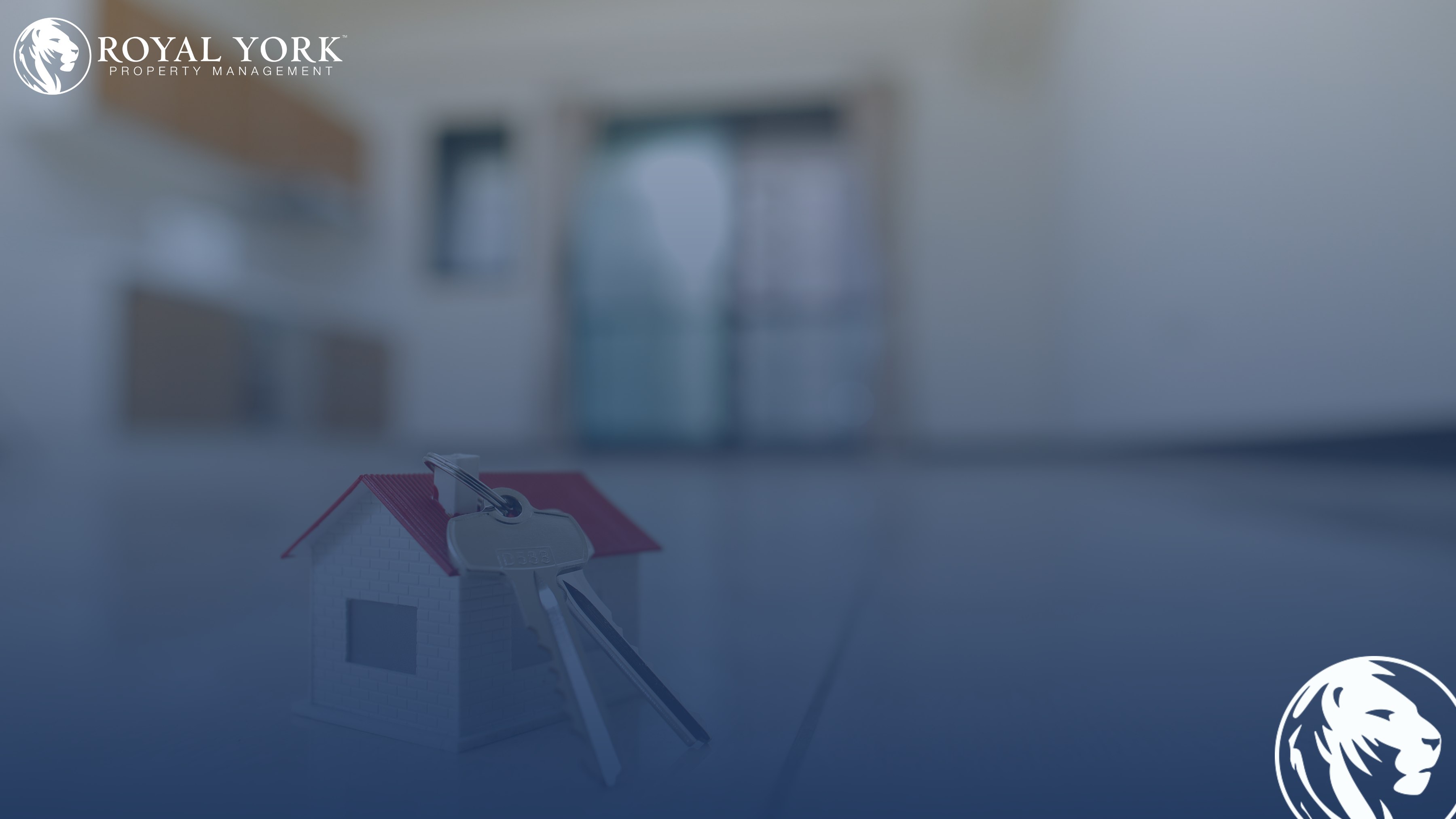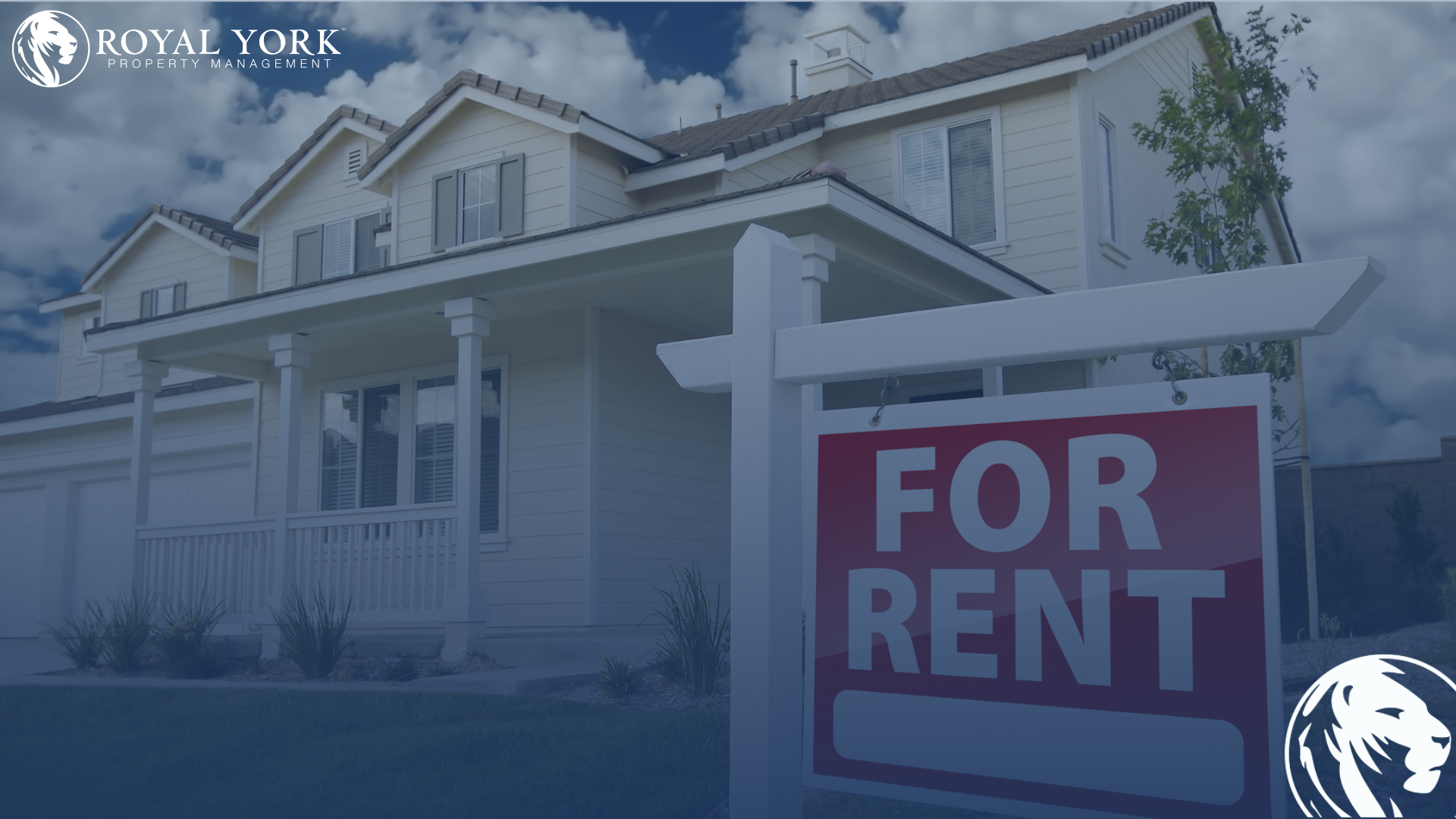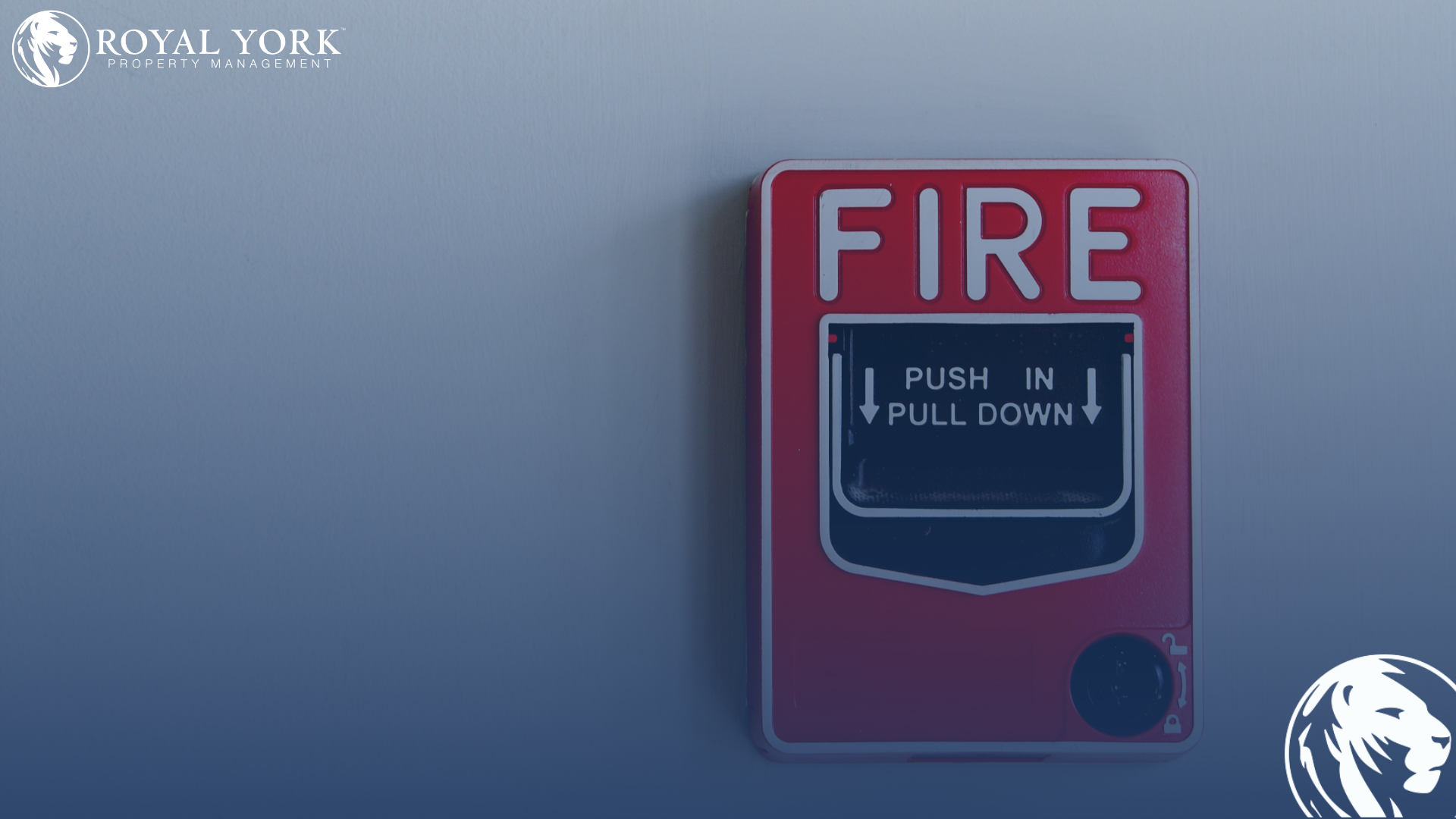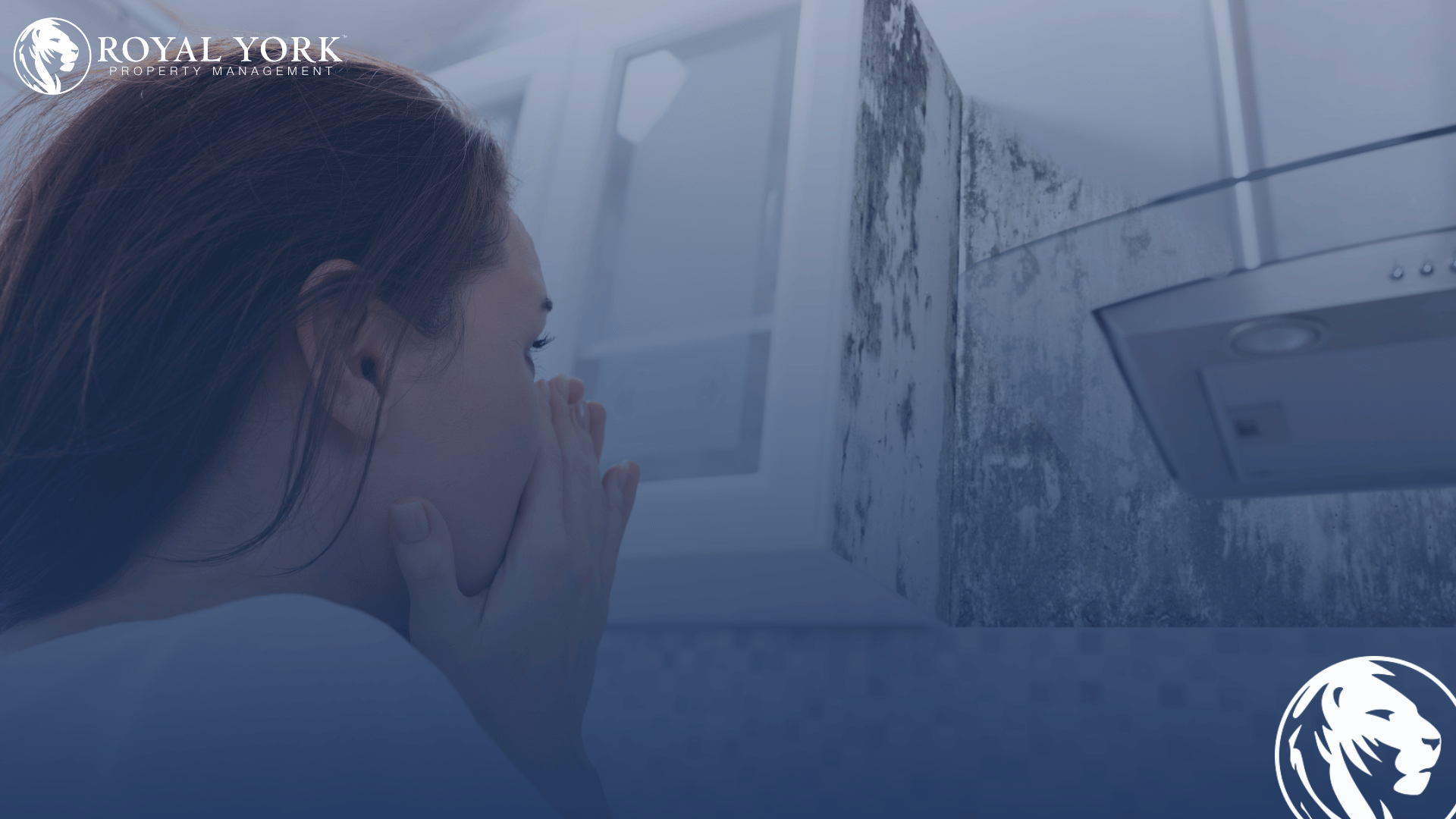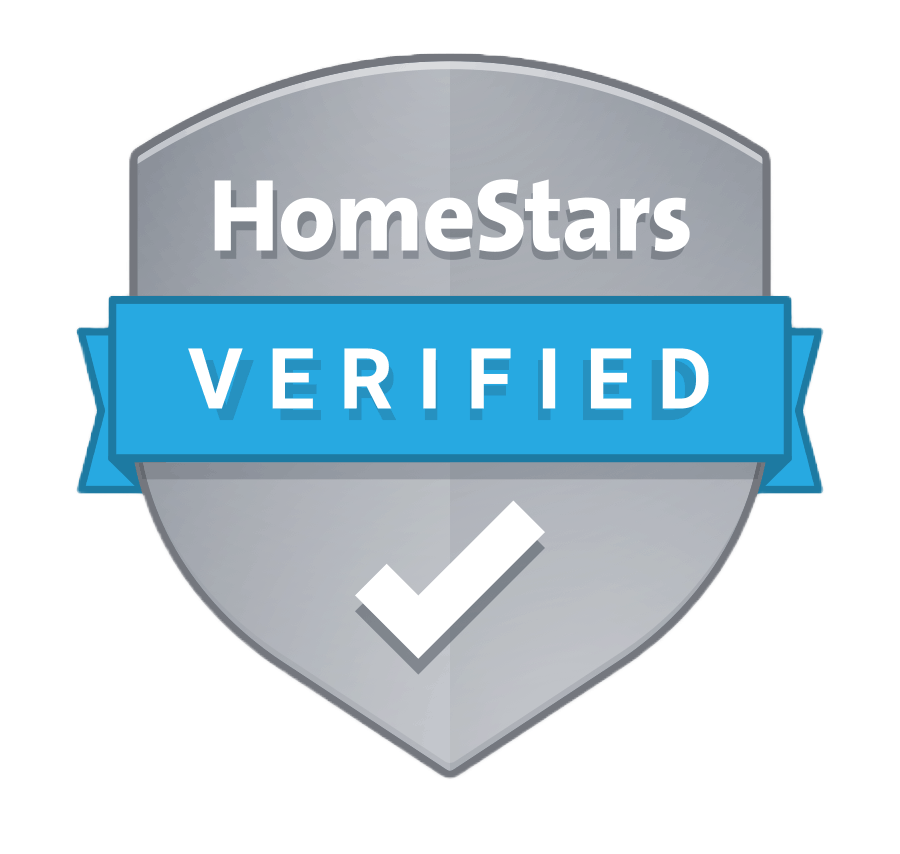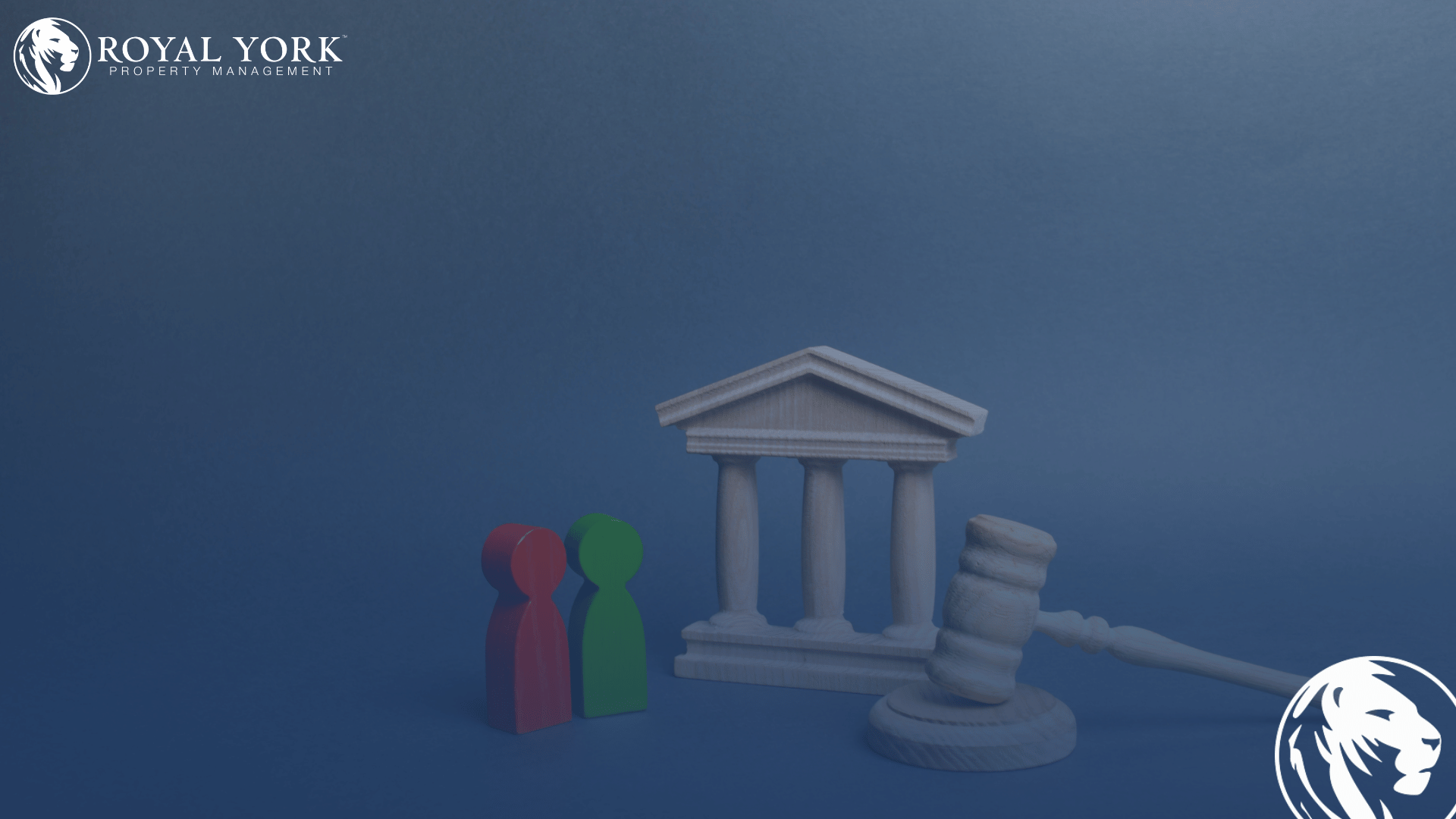
April 24, 2024
Property Management Tips, RYPM Resources, Market Trends
RYPM
Our engagement in improving landlords' and tenants' rights often aims to support how to navigate the challenges of property damage and security deposit disputes in Kingston, Ontario. Sometimes misunderstandings and disputes may arise, but approached in the right mindset, they can be managed very effectively. This blog is designed to give both parties the tools and knowledge needed to handle those situations fairly and legally.
Rights and Obligations of Landlords and Tenants
Landlord Responsibilities
A landlord should issue a written report at the start of the tenancy describing the condition of the property accompanied by photos. This will allow a comparison upon the tenant's leaving to be made. Only damages beyond ordinary wear and tear may be deducted from a security deposit. The documentation and receipts for repairs should be clear so that deductions can be made.
Tenant Rights
Tenants have a right to receive notice in writing detailing the amount of security deposit deducted and the reason behind each deduction. In case the tenants do not agree with the deductions, they have the right to dispute. The process usually involves negotiation, mediation, and, in extreme cases, small claims court or the Landlord and Tenant Board.
Preventing Disputes Over Property Damage
Effective CommunicationRegular inspections during the tenancy help the landlord and the tenant to resolve any issues that might have been raised about the condition of the property in real-time. Such open and honest communication between the landlord and tenant in respect of the damage that might arise during the tenancy can stop large disputes at the end of the lease.
Clear Lease Agreements
A clear understanding of normal wear and tear versus chargeable property damage should be indicated in the lease. A clear understanding of purposes for which the security deposit can be used, including the process of deductions, should be clearly stated.
Steps to Solve Disputes Effectively
Documentation and Evidence
Gather all documentation regarding the condition of the property at move-in and move-out, including photographs, inspection reports, and communications between the landlord and tenant. Also, ensure that all receipts and estimates for repairs are gathered together and ready for use as evidence should the situation dictate.
Negotiation and Mediation
First, discuss the differences directly with the other party. Many times, any differences can come to an amicable agreement through simple conversations. If simple conversations cannot help, then the solution could lie in mediation. A third party, who is neutral, can help in discussions and help a way out.
Legal Framework and Resources
Ontario's Residential Tenancies Act
This act regulates the landlord-tenant relationship, and most of the issues, such as security deposit and damage to property, are covered in this act. For this reason, both landlords and tenants must be familiar with this act.
Improving Understanding and Cooperation
Educational WorkshopsWe strongly suggest that landlords attend workshops and seminars on increasing knowledge regarding the rights and responsibilities under Ontario's housing legislation, and thus property management and legal compliance. Of equal importance to tenants are educational sessions on their rights and responsibilities in case of reporting damages and proper procedures to follow in disputing a security deposit deduction.
Building a Supportive Community
Regular meetings between tenants and property management can help to create a community atmosphere in that issues where issues are raised and resolved in cooperation. These meetings can also be used as a pre-emptive measure to fix little stuff, sometimes which germinates into bigger disputes.
Preventive Measures to Avoid Lawsuits
Setting Clear Expectations
It is important that upon occupying the premises, every new tenant fills a detailed checklist that should be confirmed by both parties. This will prove invaluable in comparing the initial and final condition of the property. On top of that, regular communication between all parties on changes in property laws and regulations may facilitate proper understanding of where the tenant and landlord stand legally.
Utilizing Technology
Engage digital tools to document the state of the property on move-in and move-out. These take the form of applications or software to provide timestamped images and notes, hence providing indisputable evidence in case disputes may arise. Others include online platforms that enable the tenants to report problems as they happen, while at the same time ensuring that the landlord responds on time. It minimizes the rate at which disputes may arise due to delays in communication or misunderstandings of the nature and extent of damage.
Streamlining Dispute Resolution Through Documentation and Legal Avenues
Advanced Record-Keeping Strategies
Maintaining records of the condition of the property after the initial and final inspections can be critical. Regular updates, maintenance logs, and repair records should be kept with much care to provide a continuous history of the property's upkeep. This will then clearly differentiate between normal wear and tear and actual damage. In addition to this, implementing video inspections at the beginning and end of tenancies, and periodically during the lease term, provides a more dynamic and detailed view of the condition of the property than still photos alone.
Legal Preparation and Support
When the disputes cannot be resolved during mediation, it is great to have a specialist lawyer in property law. Such professionals will be able to advise on a case in dispute circumstances and represent one party in a formal process if required. Landlords and tenants need to understand the entire process of having a case heard at the Landlord and Tenant Board or small claims court, about time scales, evidence needed, and possible outcomes.
Creating a Culture of Respect and UnderstandingAddressing disputes with professionalism and respect in all communication can save a lot of trouble and maintain the relationship between tenant and landlord for future long-term interaction. Providing training in conflict resolution for property managers and tenants can enable them to resolve issues in a friendlier way before escalation to a critical point.
Property damage and deductions on security deposit require a good understanding of legal responsibilities, good communication, and proper documentation. Due to these guidelines, people in Kingston can resolve their disputes fairly and legally.
Do you need help with a property damage dispute or security deposit issue, whether as a landlord or tenant in Kingston? Contact Royal York Property Management now for expert advice and support to get you through this process in a smooth and effective way.




